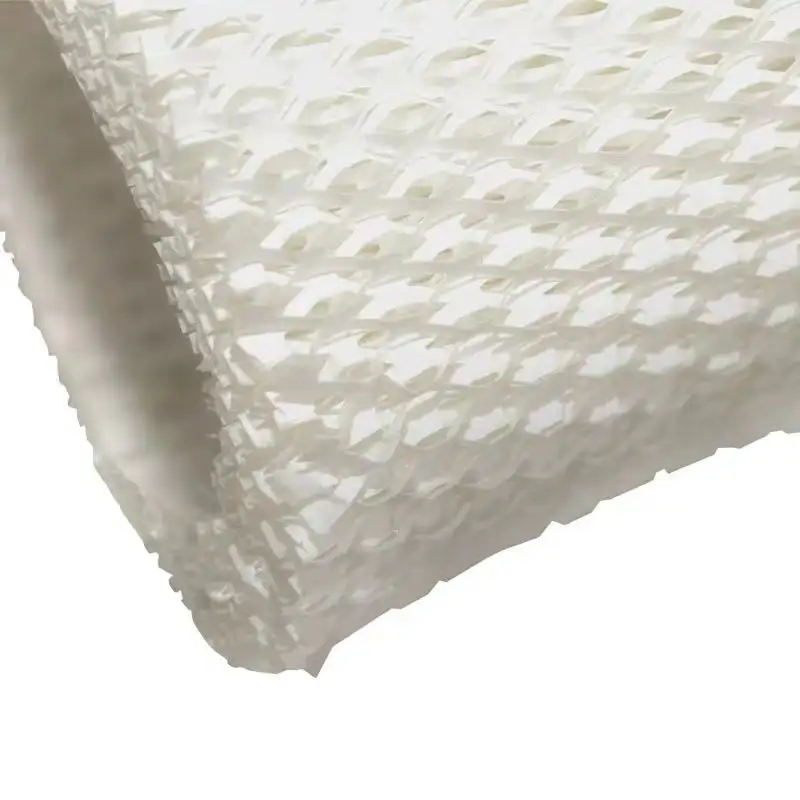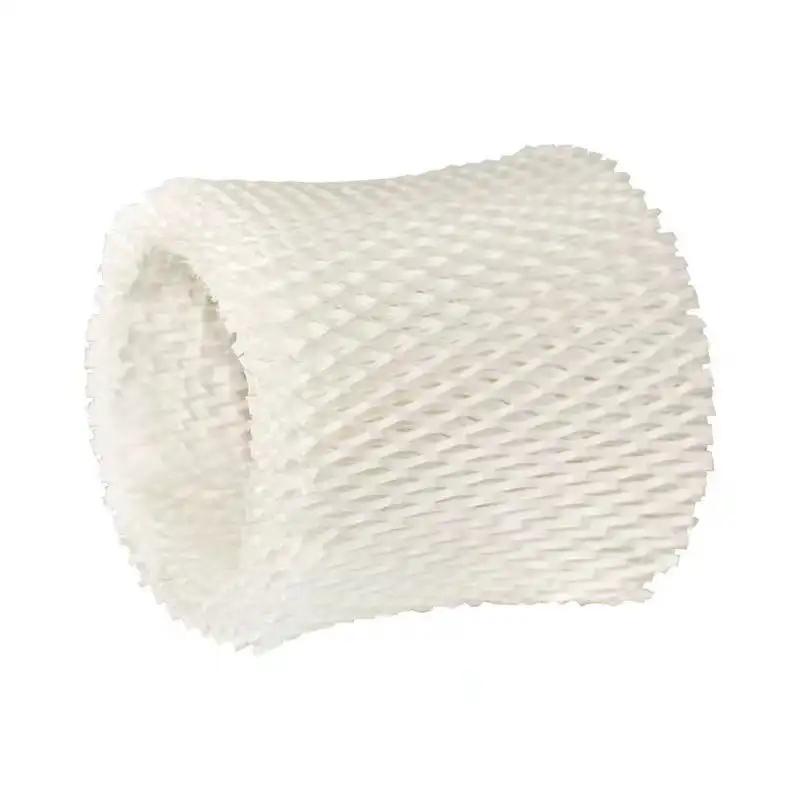Understanding the Power of Advanced Air Filtration Technology
In our modern world, where air quality concerns continue to rise, activated carbon air filters have emerged as a crucial defense against harmful airborne pollutants. These sophisticated filtration systems leverage the remarkable properties of activated carbon to create healthier indoor environments. By understanding how these filters work, we can better appreciate their vital role in protecting our respiratory health and overall well-being.

The Science Behind Activated Carbon Filtration
Chemical Structure and Adsorption Process
Activated carbon air filters utilize a form of carbon that has been specially treated to create millions of microscopic pores, dramatically increasing its surface area. This unique structure enables the material to trap and hold various airborne contaminants through a process called adsorption. Unlike absorption, where molecules are soaked up like a sponge, adsorption involves particles adhering to the surface of the activated carbon.
The immense surface area of activated carbon is truly remarkable – just one gram can have a surface area equivalent to several football fields. This extensive network of pores creates countless binding sites where pollutants can be captured and retained, making activated carbon air filters exceptionally effective at removing a wide range of airborne contaminants.
Types of Pollutants Effectively Captured
Activated carbon air filters excel at capturing various harmful substances from the air. These include volatile organic compounds (VOCs), cigarette smoke, cooking odors, pet dander, and many chemical fumes. The filters are particularly effective against gases and odors that mechanical filters might miss, as they can trap particles at the molecular level.
The filtration system is especially adept at removing benzene, formaldehyde, and other harmful chemicals commonly found in household products. This makes activated carbon air filters an essential component in comprehensive air purification systems, working alongside other filtration technologies to provide complete air cleaning solutions.
Benefits of Using Activated Carbon Filtration
Health Advantages
The implementation of activated carbon air filters offers significant health benefits for building occupants. By removing harmful pollutants from indoor air, these filters help reduce the risk of respiratory issues, allergies, and other health conditions associated with poor air quality. People with asthma or chemical sensitivities often report marked improvement in their symptoms after installing activated carbon filtration systems.
Regular use of these filters can lead to better sleep quality, increased energy levels, and improved overall well-being. The removal of irritating particles and chemicals creates a healthier living environment, particularly beneficial for vulnerable populations such as children, elderly individuals, and those with compromised immune systems.
Environmental Impact
Beyond personal health benefits, activated carbon air filters contribute to environmental sustainability. These systems help reduce the concentration of harmful chemicals in indoor environments without releasing secondary pollutants. The filtration process is chemical-free and energy-efficient, making it an environmentally responsible choice for air purification.
Furthermore, many activated carbon filters can be regenerated or recycled, minimizing waste and supporting circular economy principles. This sustainable approach to air purification aligns with growing environmental consciousness and the need for responsible resource management.
Maintenance and Optimization
Filter Replacement Guidelines
To maintain optimal performance, activated carbon air filters require regular maintenance and timely replacement. The frequency of replacement depends on various factors, including air quality conditions, usage patterns, and the specific type of filter installed. Most manufacturers recommend replacing filters every 3-6 months, though heavy pollution or frequent use may necessitate more frequent changes.
Signs that indicate the need for filter replacement include decreased effectiveness in odor removal, reduced airflow, and visible deterioration of the filter material. Regular inspection and maintenance ensure consistent performance and prevent the release of captured pollutants back into the air.
Maximizing Filter Efficiency
Several strategies can enhance the effectiveness of activated carbon air filters. Proper placement of air purification units, maintaining appropriate humidity levels, and ensuring adequate air circulation all contribute to optimal filtration performance. Regular cleaning of pre-filters and surrounding areas helps extend the life of activated carbon filters and maintains their efficiency.
Understanding the specific needs of your space and choosing appropriately sized filters is crucial for maximum effectiveness. Professional assessment can help determine the optimal filtration setup for your particular requirements, ensuring the best possible air quality outcomes.
Future Innovations in Carbon Filtration
Technological Advancements
The field of activated carbon air filtration continues to evolve with new technological developments. Researchers are exploring enhanced carbon materials with even greater adsorption capabilities and improved selectivity for specific pollutants. Smart filtration systems that can monitor air quality and adjust performance automatically are becoming increasingly common.
Integration with IoT technology allows for real-time monitoring and maintenance scheduling, while new manufacturing processes are making activated carbon filters more efficient and cost-effective. These innovations promise to further improve the effectiveness and accessibility of air filtration solutions.
Emerging Applications
As awareness of air quality issues grows, activated carbon air filters are finding new applications across various sectors. From smart home systems to industrial applications, these filters are being incorporated into increasingly sophisticated air quality management solutions. The technology is also being adapted for specialized uses in medical facilities, clean rooms, and other environments with stringent air quality requirements.
Future developments may include hybrid systems that combine multiple filtration technologies, creating more comprehensive solutions for complex air quality challenges. The continuing evolution of these systems will play a crucial role in addressing emerging air quality concerns.
Frequently Asked Questions
How long do activated carbon air filters typically last?
Activated carbon air filters generally last between 3-6 months under normal conditions. However, this can vary depending on factors such as air quality, usage patterns, and environmental conditions. Regular monitoring and maintenance can help determine the optimal replacement schedule for your specific situation.
Can activated carbon filters remove all types of air pollutants?
While activated carbon air filters are highly effective at removing many gaseous pollutants and odors, they work best as part of a comprehensive air filtration system. They excel at capturing VOCs and chemical fumes but may need to be complemented with HEPA filters for complete protection against particulate matter.
Are activated carbon filters environmentally friendly?
Yes, activated carbon filters are considered environmentally friendly as they use a natural filtration process without chemicals. Many can be recycled or regenerated, and their energy-efficient operation makes them a sustainable choice for air purification. The carbon material itself is often derived from renewable sources, further supporting environmental sustainability.

